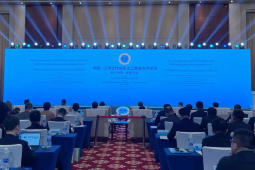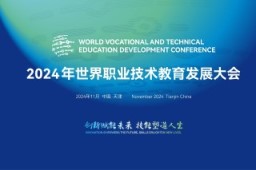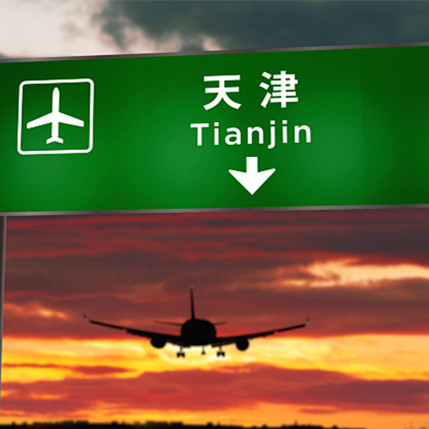Tianjin Updates
2025-09-17
Industrial cooperation within SCO
Against the backdrop of a tariff war and instability in the global economy, industrial cooperation among Shanghai Cooperation Organization countries is gaining particular importance. By combining human potential and natural resources, the SCO member states are able to form sustainable production chains and develop complementary industries.
read more- Robots entering Chinese homes
- China home to over 5,000 AI companies
- China reiterates SCO role as 'dynamic platform for tangible cooperation'

Copyright ©? Tianjin Municipal Government.
All rights reserved. Presented by China Daily.
京ICP備13028878號(hào)-35









 Why Tianjin
Why Tianjin Investment Guide
Investment Guide Industry
Industry Industrial Parks
Industrial Parks





 Health
Health Visas
Visas Education
Education Sports and recreation
Sports and recreation Adoption
Adoption Marriage
Marriage



